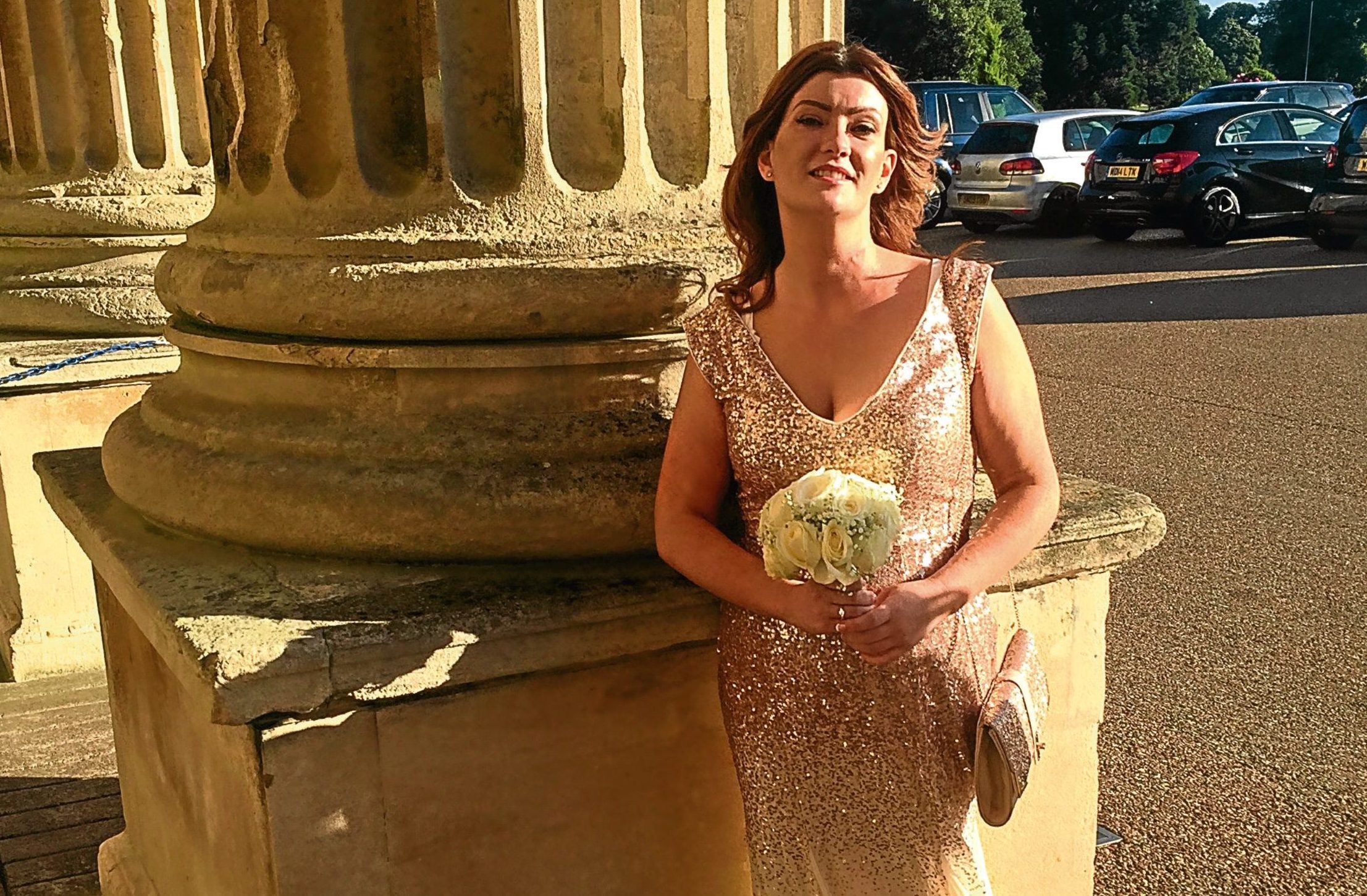
A CERTAIN day in September, 2003, was bittersweet for Ruth Cavanagh.
There was joy at welcoming her baby brother into the world.
But she was also diagnosed with epilepsy after having a seizure and being rushed to hospital in an ambulance.
“I was 18 and remember it so well,” says Ruth, from Middlesbrough.
“I was so frightened when I was first diagnosed. I didn’t know anything about epilepsy, and I didn’t know that there were so many types of seizure.
“At that time, I had a mixture of tonic clonic and focal seizures.
“Sometimes, I would fall to the floor, and at others, I would zone out and not be aware of my surroundings.
“I used to grab onto my tongue when I had seizures because I’d heard that some people could swallow their tongues when they had one.
“I didn’t know that this was a myth and is actually impossible.
“I once bruised my tongue so much that it turned black!
“At its worst, I was having about eight or 10 seizures every month.
“Sometimes, they would come in clusters so I’d have two or three in a day, and several days like that a week.
“That was always really difficult. And my epilepsy has really made my anxiety much worse.
“I get no warning when I am going to have a seizure. They can come at any time, and this means that they can happen anywhere.
“I get really embarrassed when I have a seizure in public,” says Ruth, now 31.
“I can lose my balance and fall over and I worry that people will think I’m drunk or on drugs.
“Often, the first thing I know about having a seizure is coming round on the floor. If this is in a public place, there is often a crowd of people around me.
“When I first come round, I often can’t speak straight away.
“Lying on the floor, being surrounded by strangers and unable to speak is so frightening.
“I hate the fuss that it causes, too.”
Medication wasn’t able to control Ruth’s seizures so last year, she had surgery.
“I had a VNS — vagus nerve stimulation — implant, and I have been working with my epilepsy nurse and neurologist to get it to the right settings ever since,” she explains.
“The implant is like a pacemaker and sits under the skin on my chest.
“It sends electrical impulses to my brain through my vagus nerve in my neck.
“I have a magnet that generates extra impulses so when I am having a seizure, my friends and family can swipe the magnet over the generator.
“We’ve found that this brings me out of a seizure quicker, and makes my recovery time much shorter.
“Before this, I had tried what felt like every epilepsy medicine available, but none controlled my seizures.
“I always tell people about my epilepsy when I first meet them. I know that I don’t have to do it but it helps me.
“I don’t want to surprise or scare anyone if I have a seizure in front of them.
“I was once fired from a job after having a seizure because the general manager said that my seizures would scare the customers off.
“There are so many misconceptions about epilepsy out there,” adds Ruth.
“I’ve heard of people that have had spoons put in their mouth when they have a seizure, and I’ve been taken to hospital in an ambulance after a seizure in public.
“That’s not necessary unless it lasts for more than five minutes.
“I wear an identity bracelet but not everyone knows to look or knows first aid.
“My family and friends are brilliant when I have a seizure. They don’t make any fuss and just get on with it. The people in the coffee and chat group are the same.
“It’s brilliant to know that I’m around people who understand and will know what to do — I’ve even told some of the staff at my local Asda about my VNS and my magnet!
“Knowing that there are safe spaces makes a huge difference to me.”
For people with epilepsy, contact with others can make a massive difference. That’s why Epilepsy Action are having a Tea Break on Friday, October 21.
For more information visit www.epilepsyaction.co.uk or call 0800 800 5050.
READ MORE
Special high-fat diet helped improve teenager’s epilepsy
What you might not have known about epilepsy

Enjoy the convenience of having The Sunday Post delivered as a digital ePaper straight to your smartphone, tablet or computer.
Subscribe for only £5.49 a month and enjoy all the benefits of the printed paper as a digital replica.
Subscribe